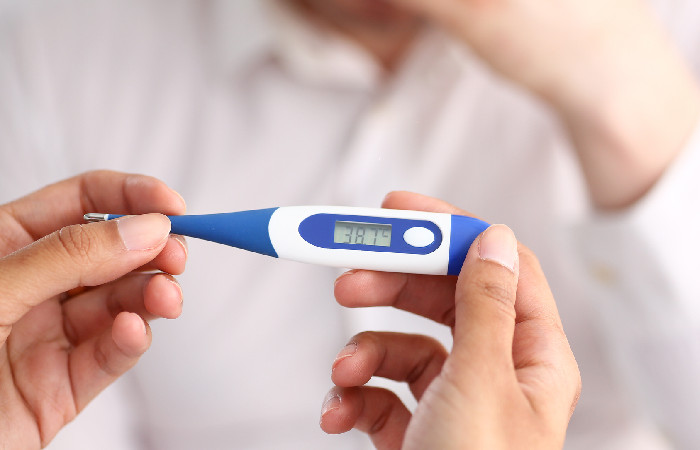Concise guides: Spotting the signs of sepsis
In Clinical
Follow this topic
Bookmark
Record learning outcomes
Sepsis is a life-threatening condition that requires immediate attention. This concise guide aims to equip you with the knowledge and skills to spot the signs of sepsis and determine when emergency referral is needed.
Learning objectives: By the end of this short article, you will be able to:
- Recognise the danger signs and symptoms of sepsis
- Understand the urgency of seeking emergency care in suspected sepsis cases
- Communicate effectively with patients about the importance of seeking immediate medical attention.
Signs & symptoms
Sepsis can develop from an infection in any part of the body and can affect people of all ages. The following are key signs and symptoms that should raise concerns about a possible case of sepsis:
- Fever or hypothermia: Patients may experience a high fever (above 38.3°C) or abnormally low body temperature (below 36.0°C)
- Rapid heart rate: A heart rate consistently above 90 beats per minute (bpm) should be considered a red flag
- Rapid breathing: A respiratory rate of more than 20 breaths per minute or the feeling of shortness of breath may indicate sepsis
- Altered mental status: Confusion, disorientation and extreme drowsiness could be signs of sepsis
- Skin changes: Look for mottled or discolored skin, particularly around the extremities
- Decreased urine output: Patients may have reduced urine production or feel the need to urinate less frequently
- Unexplained severe pain or discomfort: Intense pain in any area of the body, such as the abdomen, chest, or joints, could be indicative of sepsis
- Signs of infection: The presence of an active infection, such as a wound or respiratory infection, should raise concerns about sepsis.
When to refer
It is crucial to educate patients about the importance of seeking emergency care immediately if they experience any of the following signs:
- Difficulty breathing or severe shortness of breath
- Chest pain or pressure
- Sudden dizziness or fainting
- Severe abdominal pain or vomiting
- Decreased consciousness or unresponsiveness
- Blue or pale-colored lips, skin, or extremities.
Conclusion
Vigilance in identifying the signs of sepsis can be lifesaving. By recognising the danger signs and symptoms, and understanding when emergency care is needed, community pharmacists can play a vital role in ensuring timely interventions for suspected sepsis patients.
Remember to communicate effectively with patients, stressing the urgency of seeking immediate medical attention when sepsis is suspected. Stay informed and stay alert.

